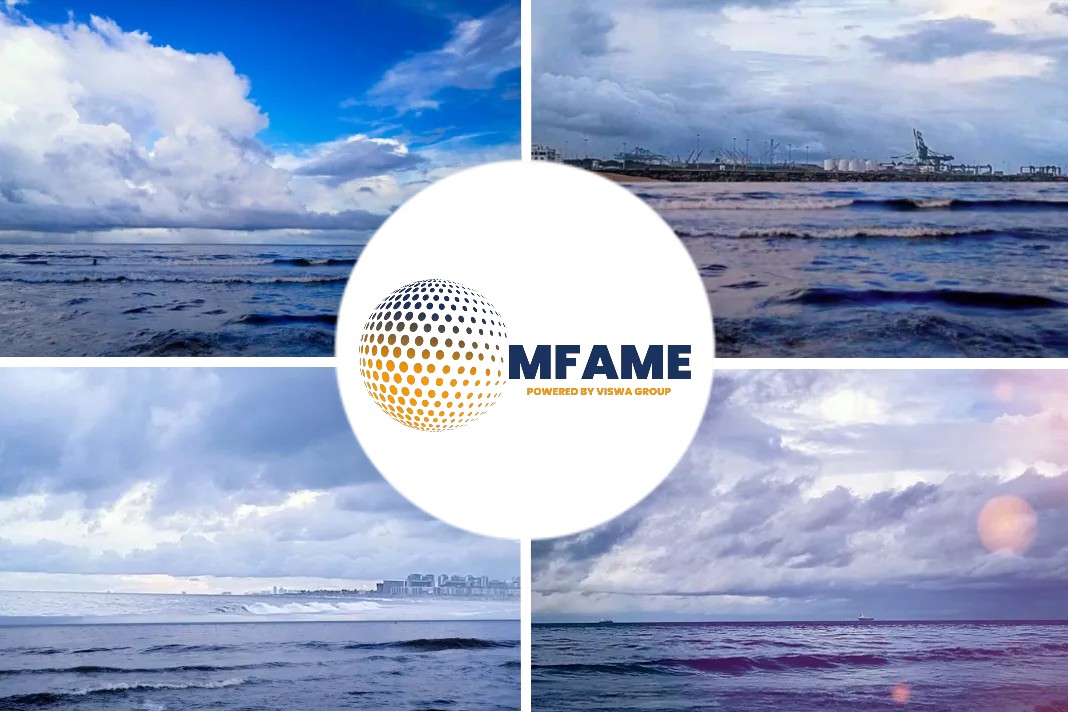The evolution of sailing technology has heightened the focus on safety on board sailing yachts as designs and rigs become more daring and new speed records are set all the time. DNV continues to expand its rig certification services to help owners optimize performance without sacrificing safety.
Evolution of sailing technology
Superyachts have undergone a tremendous development in recent years. “Until about 15 years ago, sailing yachts were rarely more than 30 metres long. Today, with superyachts of up to 100 metres and longer, we are dealing with an entirely different set of dimensions and physical forces. Masts are simply a lot higher,” says Christoph Wähling, Principal Engineer at DNV.
He has raced in offshore and inshore competitions in a myriad of yachting classes from the Farr 40 up to Maxi classes and witnessed the development of sailing yacht technology leading to ever higher speeds and physical stresses for yachts and their rigging. Today his professional focus is on superyacht rig certification.
Longer, faster ships and taller masts
“Growing superyacht sizes have major implications for safety,” explains the expert. “Yachts from 24 metres and up – with the majority of today’s vessels in the 40- to 50-metre range – are mostly some kind of commercial vessel: They have permanent crews and are chartered to third parties. This means that they are subject to flag state safety rules and classification requirements. Flag states have an interest in a clean safety record of their fleets and require sailing yacht rigs to be approved and certified by an independent body.”
Wide range of services for specific operating conditions
DNV’s sailing rig services cover flag state requirements, like the Red Ensign Group Yacht Code’s ‘Superyacht Rig Certification’, with its Part A – Large Yacht Code and Part B – Passenger Yacht Code. Only the latter requires the spars to be certified, but both require rigging certification and personnel protection.
“DNV’s expertise in this field is well known and often expressly requested,” says Wähling. “We do much more than just putting a stamp on the rig design. We provide technical information, perform independent calculations and discuss the results with the client,” he stresses.
“Our clients appreciate this very much because a rig is a much more complex engineered system than many people think. We have found that most of our clients want more than a stamp for their rig.” DNV will perform an objective, independent examination, assess compliance with the applicable standard and issue the certificate if everything looks good.
Did you subscribe to our daily newsletter?
It’s Free! Click here to Subscribe!
Source: DNV






















